Home>Gardening & Outdoor>Outdoor Recreation & Activities>How To Measure A Swimming Pool


Outdoor Recreation & Activities
How To Measure A Swimming Pool
Modified: March 2, 2024
Learn how to measure a swimming pool for accurate dimensions and capacity. Get expert tips for outdoor recreation and activities. Discover the best methods for accurate measurements.
(Many of the links in this article redirect to a specific reviewed product. Your purchase of these products through affiliate links helps to generate commission for Storables.com, at no extra cost. Learn more)
Introduction
Measuring a swimming pool is a crucial step in various scenarios, such as when you need to purchase a pool cover, determine the amount of water needed to fill it, or calculate the quantity of chemicals required for maintenance. Whether you're a homeowner, a pool maintenance professional, or a curious enthusiast, understanding the dimensions and volume of a swimming pool is essential for proper upkeep and enjoyment.
In this comprehensive guide, we will walk you through the step-by-step process of measuring a swimming pool accurately. By following these instructions, you'll gain the knowledge and confidence to obtain precise measurements, ensuring that you can make informed decisions regarding pool maintenance, renovations, or any other related activities.
Measuring a swimming pool involves determining its length, width, and depth, which are fundamental dimensions for calculating its volume. This information is invaluable for various purposes, including estimating the amount of water required to fill the pool, determining the capacity for chemical treatments, and assessing the space available for recreational activities.
Understanding the dimensions of your swimming pool is not only practical but also empowers you to make informed decisions about its maintenance and usage. By mastering the art of measuring a swimming pool, you can ensure that it remains a safe, enjoyable, and well-maintained space for relaxation and recreation.
Now, let's dive into the step-by-step process of measuring a swimming pool to equip you with the knowledge and skills needed to accurately determine its dimensions and volume.
Key Takeaways:
- Mastering the art of measuring a swimming pool empowers you to make informed decisions about maintenance, water management, and recreational activities, ensuring a safe and enjoyable pool environment.
- Accurately measuring the length, width, and depth of a swimming pool provides valuable insights into its water capacity, chemical treatment requirements, and overall dimensions, contributing to efficient and effective pool management.
Read more: How To Clean A Swimming Pool
Step 1: Measure the Length
Measuring the length of a swimming pool is the first crucial step in obtaining accurate dimensions. To begin, you'll need a flexible measuring tape that can extend the entire length of the pool. Stand at one end of the pool and extend the measuring tape along the edge, ensuring that it follows the curvature of the pool's perimeter. If the pool has a straight edge, simply run the measuring tape along the edge from one end to the other.
It's important to ensure that the measuring tape is taut and follows the contours of the pool without any slack. This will help you obtain a precise measurement that accounts for any curves or irregularities in the pool's shape. As you reach the opposite end of the pool, note the measurement indicated by the measuring tape. This figure represents the length of the swimming pool.
In the case of irregularly shaped pools, such as those with curved or freeform designs, it's essential to measure the length along the longest axis. This may involve taking multiple measurements to capture the overall length accurately. Additionally, if the pool features distinct sections or extensions, each segment should be measured individually to ensure comprehensive coverage of the pool's entire length.
Once you have obtained the length measurement, it's advisable to double-check the accuracy by repeating the process or comparing the measurement with any existing documentation related to the pool's construction or previous measurements. This validation step helps to minimize errors and ensures that the length measurement is as precise as possible.
By meticulously measuring the length of the swimming pool, you lay the foundation for obtaining comprehensive dimensions that are essential for various calculations and assessments. With the length accurately determined, you can proceed to the next step of measuring the width, bringing you closer to obtaining the complete set of dimensions necessary for calculating the pool's volume and making informed decisions regarding its maintenance and usage.
Step 2: Measure the Width
Measuring the width of a swimming pool is a critical step in obtaining comprehensive dimensions that are essential for various calculations and assessments. To accurately determine the width, you will need a flexible measuring tape that can extend across the width of the pool. Stand at one side of the pool and extend the measuring tape along the edge, ensuring that it follows the curvature of the pool's perimeter or runs along the straight edge, depending on the pool's design.
As with measuring the length, it's crucial to ensure that the measuring tape is taut and follows the contours of the pool without any slack. This meticulous approach helps capture the precise width of the pool, accounting for any curves, angles, or irregularities in its shape. Once the measuring tape reaches the opposite side of the pool, note the measurement indicated by the tape. This figure represents the width of the swimming pool.
In the case of irregularly shaped pools, such as those with curved or freeform designs, measuring the width may involve identifying the widest point of the pool and ensuring that the measuring tape spans this area. For pools with distinct sections or extensions, each segment should be measured individually to capture the complete width accurately.
After obtaining the width measurement, it's advisable to double-check its accuracy by repeating the process or comparing the measurement with any existing documentation related to the pool's construction or previous measurements. This validation step helps minimize errors and ensures that the width measurement is as precise as possible.
By meticulously measuring the width of the swimming pool, you contribute to the comprehensive set of dimensions necessary for calculating the pool's volume and making informed decisions regarding its maintenance and usage. With both the length and width accurately determined, you are one step closer to obtaining the complete set of dimensions essential for various practical purposes, such as estimating the amount of water required to fill the pool and determining the capacity for chemical treatments.
Continuing to the next step, you will delve into measuring the depth of the swimming pool, further enhancing your ability to accurately assess its dimensions and volume.
To measure a swimming pool, use a tape measure to find the length, width, and depth. Multiply the length, width, and depth together to calculate the volume in cubic feet.
Step 3: Measure the Depth
Measuring the depth of a swimming pool is a crucial step in obtaining comprehensive dimensions necessary for various calculations and assessments. The depth of a pool directly impacts its volume, water capacity, and suitability for specific activities. To accurately measure the depth, you will need a measuring tape marked with depth indicators or a measuring pole designed for this purpose.
Begin by positioning yourself at the edge of the pool, ensuring clear visibility to the bottom. Carefully lower the measuring tape or pole into the water, allowing it to extend to the pool's floor. If using a measuring tape, ensure that the depth indicator remains visible above the water's surface to obtain an accurate measurement. If using a measuring pole, gently lower it until it makes contact with the pool's floor, then note the depth level indicated by the markings.
In the case of sloped or variable-depth pools, it's essential to measure the depth at multiple points to capture the variations accurately. This may involve taking measurements at the shallow and deep ends, as well as any transitional slopes or steps within the pool. By obtaining multiple depth measurements, you can create a comprehensive profile of the pool's depth, accounting for any irregularities or variations in its design.
Once you have obtained the depth measurements, it's advisable to cross-verify their accuracy by repeating the process at different locations within the pool. Consistency in the depth measurements is crucial for ensuring that the calculated volume and capacity reflect the actual dimensions of the pool accurately.
By meticulously measuring the depth of the swimming pool, you contribute to the comprehensive set of dimensions necessary for calculating its volume and making informed decisions regarding its maintenance and usage. With the length, width, and depth accurately determined, you possess the complete set of dimensions essential for various practical purposes, such as estimating the amount of water required to fill the pool, determining the capacity for chemical treatments, and assessing its suitability for recreational activities.
Moving forward, you will progress to the final step of calculating the volume of the swimming pool, leveraging the precise dimensions obtained through meticulous measurement.
Step 4: Calculate the Volume
Having meticulously measured the length, width, and depth of the swimming pool, you are now equipped with the essential dimensions needed to calculate its volume accurately. The volume of a pool is a fundamental metric that directly influences its water capacity, chemical treatment requirements, and overall suitability for recreational activities. By following the steps outlined below, you can derive the volume of the pool with precision, enabling you to make informed decisions regarding its maintenance and usage.
To calculate the volume of the swimming pool, you will utilize a straightforward formula based on the dimensions obtained:
-
Rectangular or Square Pools:
- For pools with a uniform depth, the volume can be calculated using the formula: Volume = Length x Width x Depth. Simply multiply the length, width, and depth measurements obtained in the previous steps to determine the total volume of the pool in cubic units.
-
Irregularly Shaped Pools:
- If the pool features varying depths or irregular shapes, a more comprehensive approach is required. One method involves dividing the pool into distinct sections based on depth variations and calculating the volume of each section separately. The total volume is then obtained by summing the volumes of individual sections.
-
Circular or Oval Pools:
- For pools with circular or oval shapes, the volume can be calculated using the formula: Volume = π x (Radius^2) x Depth, where π (pi) is a constant approximately equal to 3.14159, and the radius represents half the width of the pool. Multiply the result by the depth to obtain the total volume.
After calculating the volume of the swimming pool, it's advisable to cross-verify the results and ensure consistency with the actual water capacity. This validation step helps to confirm the accuracy of the calculated volume and provides confidence in its practical applicability.
By accurately calculating the volume of the swimming pool, you gain valuable insights into its water capacity, chemical treatment requirements, and overall dimensions. This information empowers you to make informed decisions regarding water management, maintenance procedures, and recreational activities, ensuring that the pool remains a safe, enjoyable, and well-maintained space for relaxation and leisure.
With the volume of the swimming pool accurately calculated, you have successfully completed the essential steps of measuring and assessing its dimensions, equipping you with the knowledge and skills needed to ensure its optimal maintenance and usage.
Read more: How To Empty A Swimming Pool
Conclusion
In conclusion, mastering the art of measuring a swimming pool is a valuable skill that empowers homeowners, pool maintenance professionals, and enthusiasts to make informed decisions regarding maintenance, water management, and recreational activities. By meticulously measuring the length, width, and depth of the pool, individuals can obtain comprehensive dimensions essential for calculating its volume and assessing its suitability for various purposes.
Accurate measurements serve as the foundation for practical applications, such as estimating the amount of water required to fill the pool, determining the capacity for chemical treatments, and assessing its suitability for recreational activities. The dimensions obtained through meticulous measurement enable individuals to gain valuable insights into the pool's water capacity, chemical treatment requirements, and overall dimensions, thereby ensuring that it remains a safe, enjoyable, and well-maintained space for relaxation and leisure.
Furthermore, the calculated volume of the swimming pool provides essential information that guides decisions related to water management, maintenance procedures, and recreational activities. Whether it's determining the quantity of chemicals needed for treatment or assessing the pool's capacity for hosting recreational events, the accurate volume calculation serves as a cornerstone for informed decision-making.
By following the step-by-step process outlined in this guide, individuals can enhance their understanding of the dimensions and volume of a swimming pool, enabling them to approach pool maintenance and usage with confidence and precision. From ensuring the optimal water level to estimating chemical treatment requirements, the knowledge gained from measuring a swimming pool contributes to its efficient and effective management.
In essence, the ability to measure a swimming pool accurately is not only practical but also empowers individuals to maintain a safe, enjoyable, and well-managed pool environment. By leveraging the dimensions and volume obtained through meticulous measurement, individuals can uphold the integrity of the pool, optimize water management, and create a conducive space for relaxation and recreation.
In conclusion, mastering the art of measuring a swimming pool is a valuable skill that contributes to the overall enjoyment and maintenance of this cherished recreational asset.
Frequently Asked Questions about How To Measure A Swimming Pool
Was this page helpful?
At Storables.com, we guarantee accurate and reliable information. Our content, validated by Expert Board Contributors, is crafted following stringent Editorial Policies. We're committed to providing you with well-researched, expert-backed insights for all your informational needs.








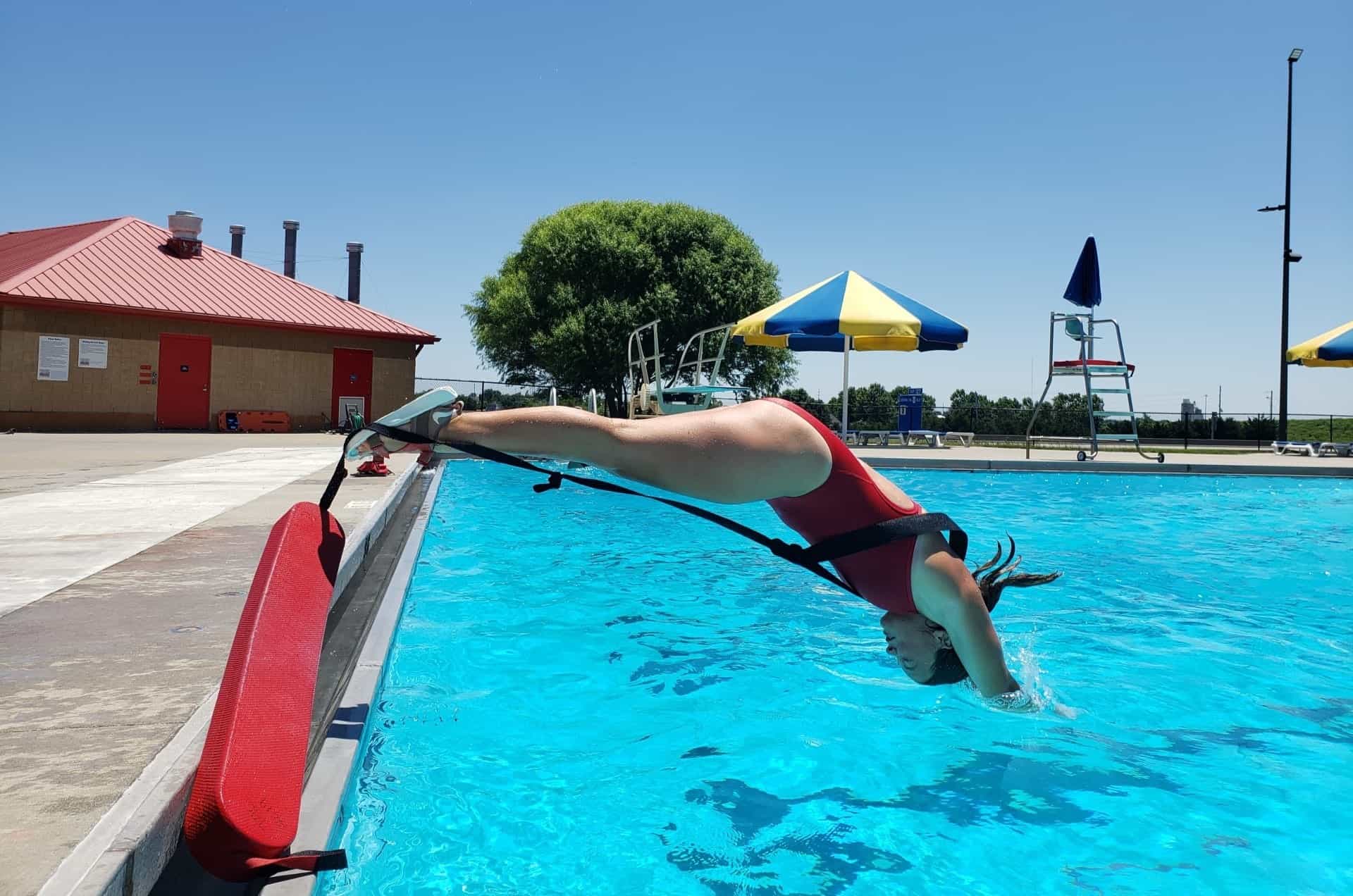
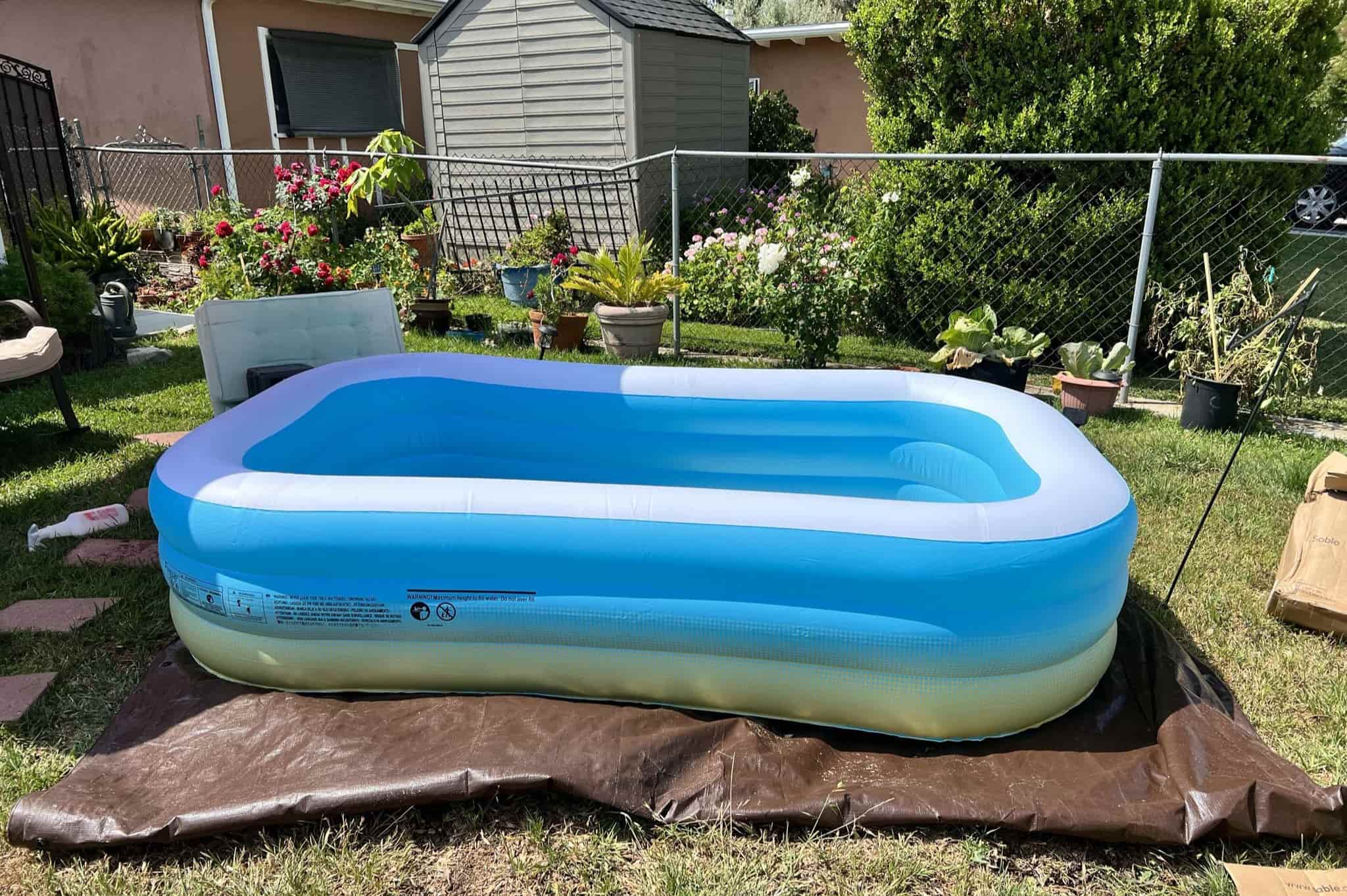
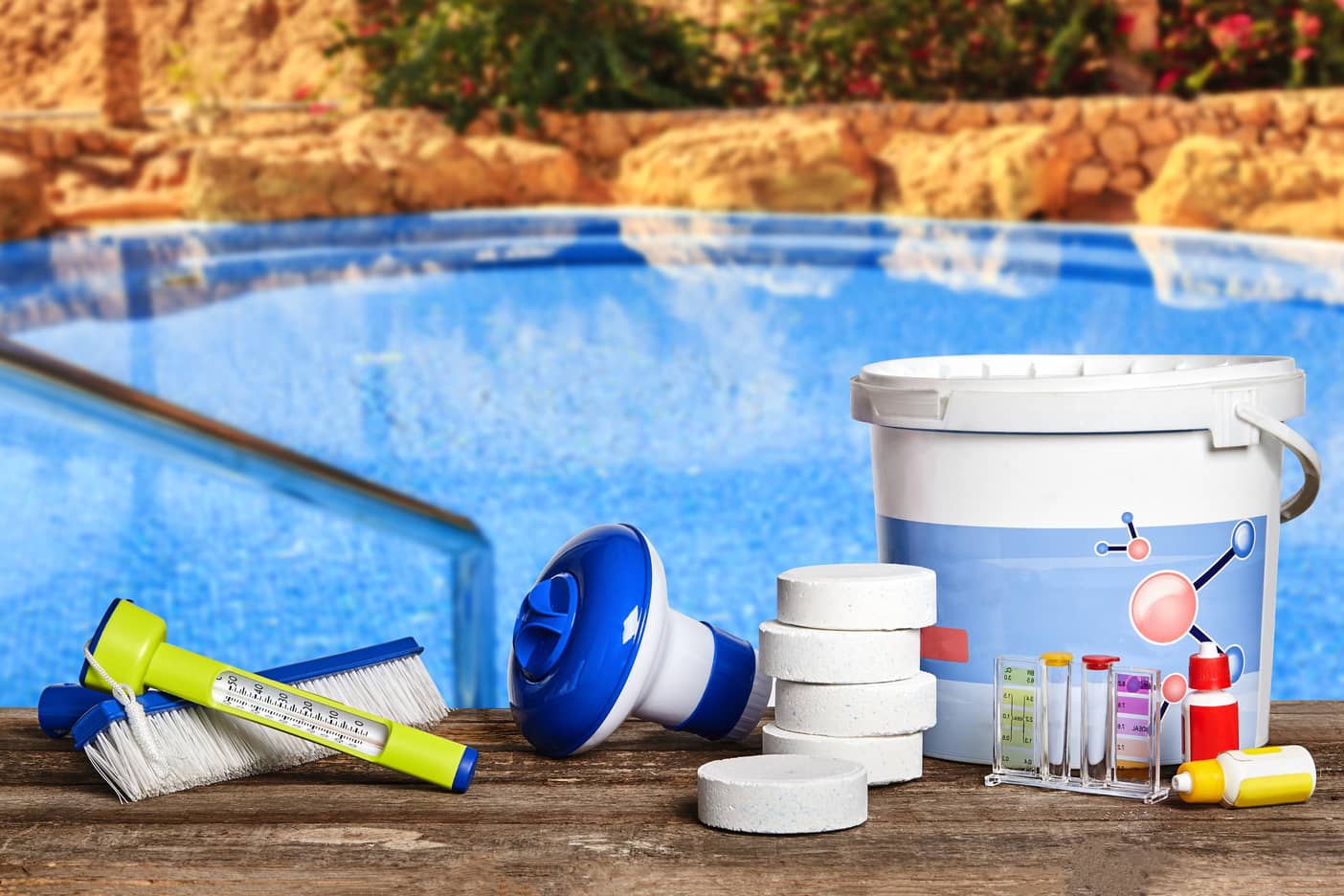

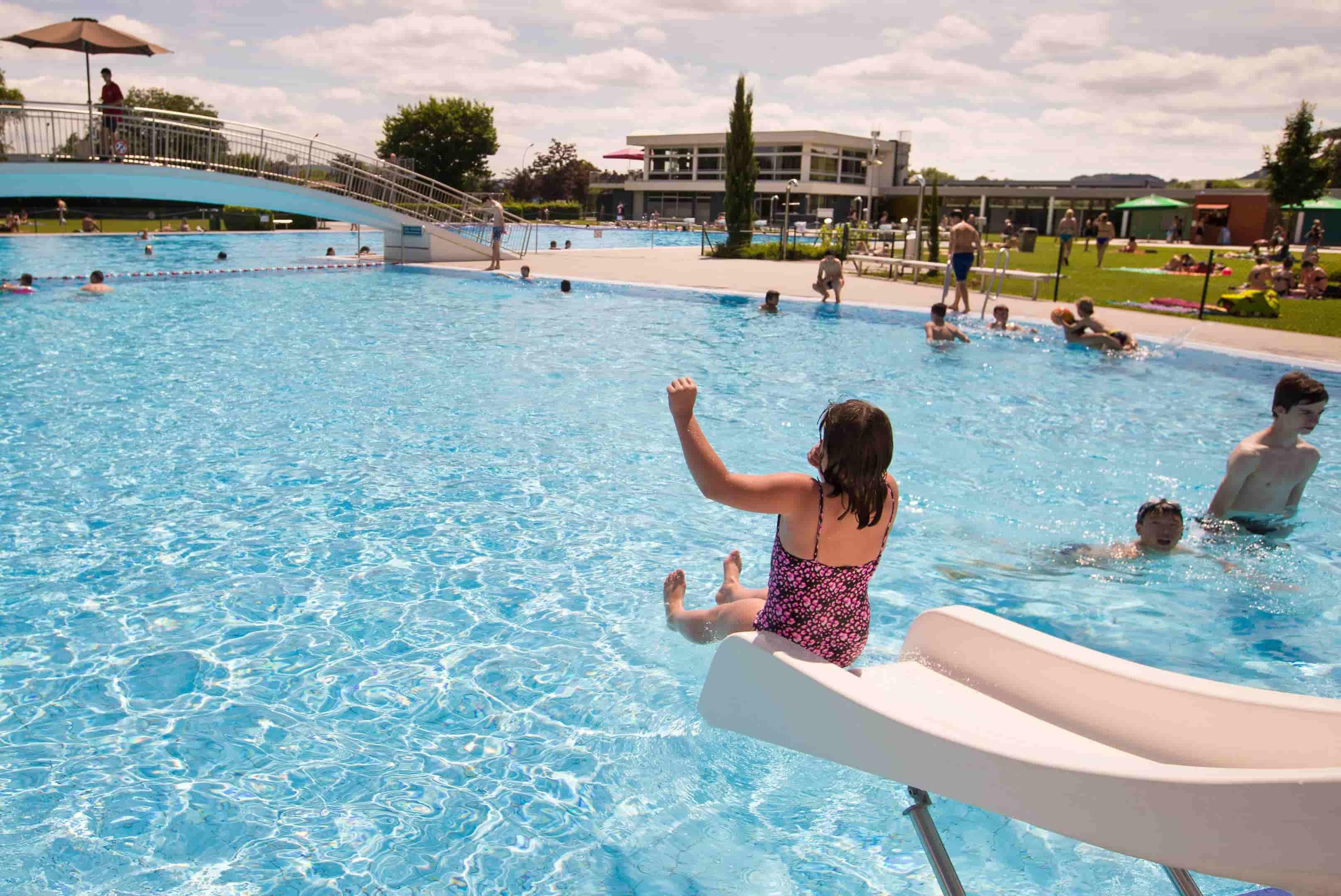
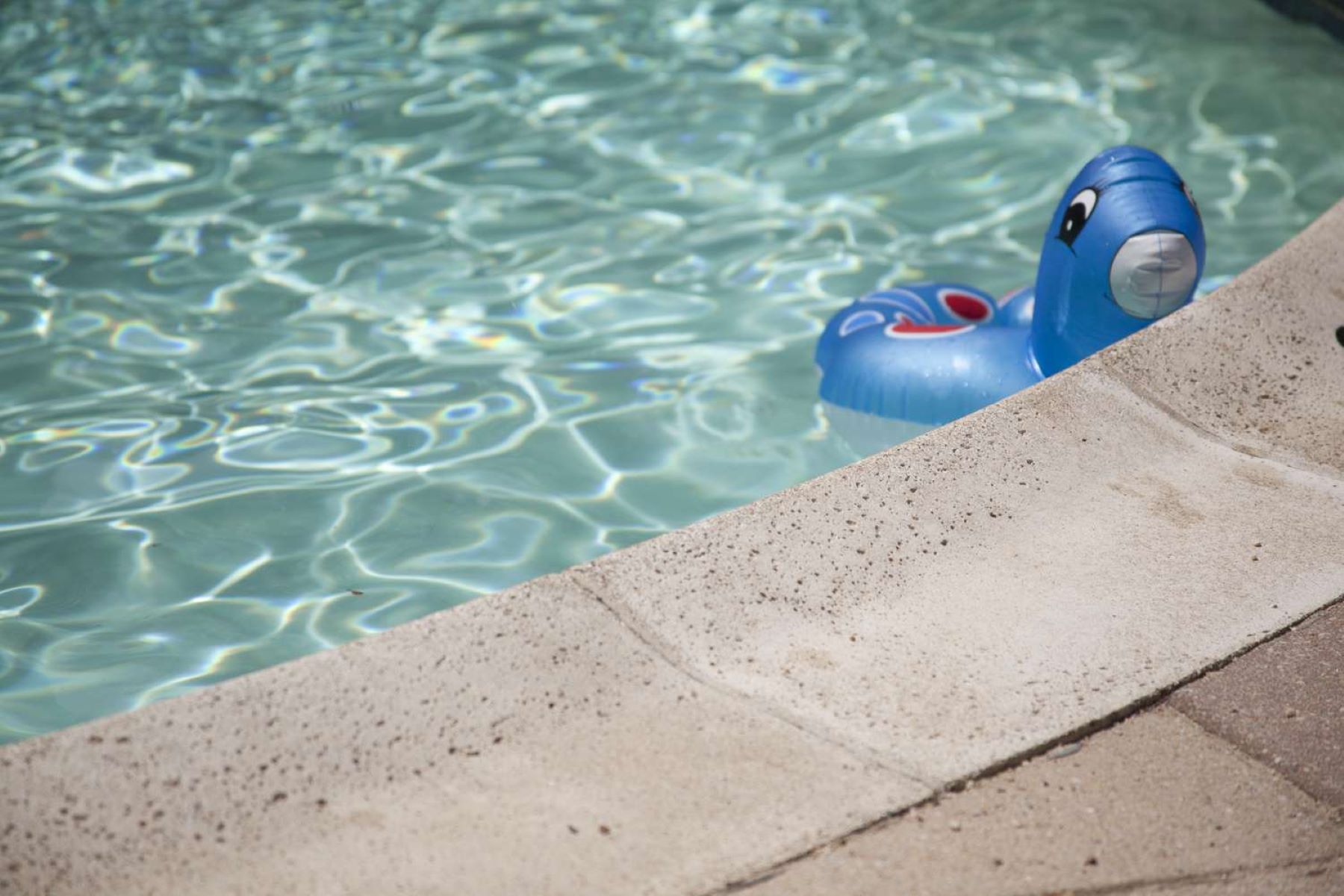

0 thoughts on “How To Measure A Swimming Pool”